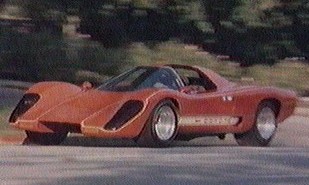Editor’s Observe: This address of this week’s edition of Automotive Information (autonews.com) capabilities a story about GM’s groundbreaking development of the EV “skateboard” and how it established the table for an solely new way in the growth of the car. A variation of the GM “skateboard” is now applied by every company of EVs in the entire world, and it stays a testament to GM’s Accurate Believers in Engineering and Style. In reality, GM has a long history of innovation and pioneering engineering breakthroughs likely back again to the 1930s. Just 1 case in point? The Firebird I, II and III concepts from the ’50s ended up so advanced that a lot of of the functions formulated for those machines are nonetheless identified in vehicles created right now. The 1958 Firebird III, for instance, was powered by a 225HP gasoline turbine motor with a 2-cylinder 10HP gasoline motor to run the onboard accessories. It experienced cruise control, anti-lock brakes, air drag brakes, distant opening doorways, an automated advice program, and it was steered by a joystick in the console. There have been other sizeable engineering systems originating at GM during the a long time. In truth, what GM is doing right now in terms of engineering its new EVs is every little bit as breakthrough and innovative as any time in its very long record. This week, Peter focuses on just one of GM’s most significant – and storied – engineering enhancement applications: The 1960 CERV I (Chevrolet Experimental Exploration Motor vehicle) and the 1963 CERV II. Each equipment had been developed less than the route of iconic Corvette chief engineer Zora Arkus-Duntov as a system to develop and refine Chevrolet system, chassis and suspension units. At least that was the “official” model. They had been seriously made, nevertheless, as all-out racing equipment. As lots of of you already know, Peter’s postings on Twitter (@PeterMDeLorenzo) provide a vibrant look at the industry and racing in unique. Peter is a organization believer in historic perspective when it comes to motorsports, and the important stories that want to be informed. And we assume you will agree that the CERV I and CERV II are absolutely well worth noting and appreciating. We hope you enjoy looking through about them. -WG
By Peter M. DeLorenzo
Detroit. As numerous of our visitors know, I have a existence on Twitter (@PeterMDeLorenzo). Most – but not all – of my postings on that web page entail motorsports, such as evocative visuals from the “glory times” of racing in the 60s and 70s. This week, I needed to dedicate some time to the Chevrolet Engineering Investigation Motor vehicles, the CERV I and CERV II – and the Real Believers liable for them.
The CERV software originated with Corvette icon Zora Arkus-Duntov, who envisioned it as a system for engineers to use in get to create Chevrolet – specifically Corvette – body, chassis and suspension programs. The CERV I was designed between 1959 and 1960 as a functional mid-engine, open-wheel, single-seat prototype racing auto. The bodywork was intended by market legends Larry Shinoda and Tony Lapine.
The CERV I was originally geared up with a fuel-injected 283 cu. in. 350HP tiny block V8 that weighed only 350 lbs. Intensive use of aluminum and magnesium motor components saved much more than 175 lbs. from past Chevrolet V8s. The body composition was created out of fiberglass and weighed only 80 lbs. The physique construction was connected to a rigid 125 lb. chrome-molybdenum tube constructed frame, welded in a truss-like configuration. Combining these lightweight elements contributed to the CERV I’s body weight of 1,600 lbs. The 96-inch wheelbase chassis functions a 4-wheel impartial suspension, utilizes independent, variable level springs with shock absorbers and stabilizer bar in the front, and multilink, variable rate springs, with double-performing shock absorbers in the rear. The wheels are solid magnesium alloy. Steering is recirculating ball kind with 12:1 ratio.
The brake program on the CERV I takes advantage of front disc/rear drum, with a two piston master cylinder to do away with the chance of total brake failure. Gas is delivered through two rubber bladder fuel cells (20 gal. overall potential). At one particular level Duntov refitted the CERV I with a 377 cu. in. aluminum tiny block, an sophisticated Rochester gasoline injection program and Indy-design and style tires and wheels. (That 377 cu. in. small block V8 turned the mainstay in the Corvette Grand Sport racing system.) To match this mechanical updating, Shinoda redesigned its streamlined body framework for larger aerodynamics. Top speed for the CERV I was 206 mph, attained on GM’s round 4.5-mile check keep track of at its Milford, Michigan, Proving Grounds.
Excited by its outstanding overall performance opportunity, Duntov had his eye on larger points for the CERV 1 – which include racing in the Indianapolis 500 – but owing to the AMA (Car Manufacturer’s Affiliation) ban on company-sponsored racing at the time – which GM painfully adhered to – the closest Duntov could get to a key showcase for the motor vehicle was when he drove the machine in a collection of demo laps at the U.S. Grand Prix in 1960.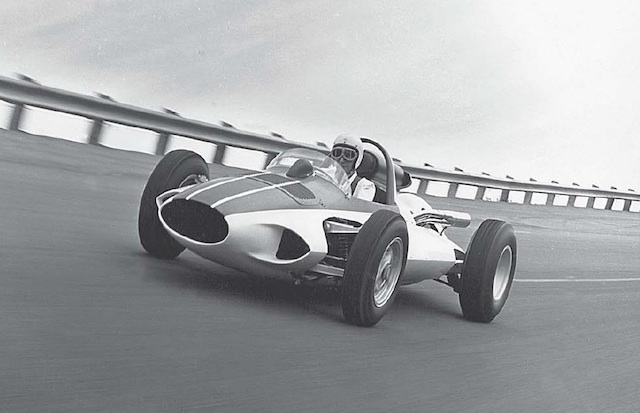 (GM)
(GM)
Zora Arkus-Duntov in the CERV 1 at the GM Specialized Middle exam monitor, 1960.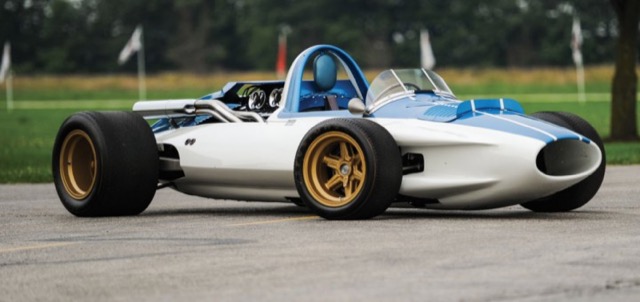 (RM-Auctions)
(RM-Auctions)
The CERV 1.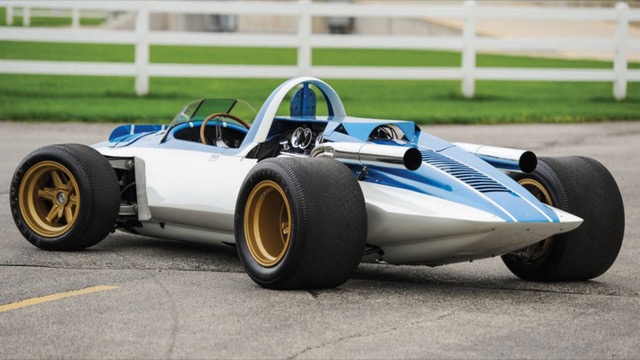 (RM-Auctions)
(RM-Auctions)
The CERV I appeared in the international racing hues – white with blue – assigned to the United States.
The next-technology Chevrolet Engineering Exploration Vehicle – the CERV II – was conceived early in 1962, designed above the subsequent 12 months and built underneath Duntov’s way concerning 1963 and 1964. By the time it was finished, Duntov envisioned the CERV II as a doable response to the Ford GT40 racing method. At this stage it was also in Duntov’s intellect to develop a individual line of racing Corvettes to promote, an plan that was later on turned down, of study course, by GM management. Duntov preferred the CERV II to showcase long run systems as applied to a racing device.
Chevrolet General Supervisor “Bunkie” Knudsen desired to get back into racing so the CERV II was planned for the global prototype class with a 4-liter edition of the Chevrolet tiny block V8. Knudsen has been presented rigid orders to remain out of racing by higher management at GM, but obviously that didn’t dissuade Duntov and his group. Construction was commenced on the CERV II virtually at the identical time that the “no racing” GM management edict arrived down.
As with CERV I, the body was intended by the crew of Shinoda and Lapine. The chassis of the CERV II consisted of a glued-alongside one another steel and aluminum monocoque with a steel sub frame to have the suspension and engine. It was powered by a Hilborn fuel-injected, overhead cam, 377 cu. in. aluminum smaller block V8 with a 10.8 compression ratio and 500HP. By 1970, the CERV II ran a 427 cu. in. ZL-1 V8 with 550HP. Titanium was used for the hubs, connecting rods, valves, and exhaust manifolds helping to carry the complete weight of the equipment beneath 1400 lbs.
The CERV’s II engineering of the push process and torque converter arrangement was handed more than to GM’s engineering staff and it turned out to be its most fascinating growth. The final result? An innovative all-wheel travel system using two torque converters. This marked the 1st time that any one had made a variable power delivery to each individual conclude of the auto, which assorted according to auto pace. The extremely broad wheels carried experimental minimal profile Firestone tires mounted on especially produced Kelsey-Hayes magnesium wheels. The ventilated disc brakes ended up mounted outboard, with the Girling calipers widened to acknowledge the vented rotors.
The CERV II was extremely swift: -60 in 2.5 seconds with a prime velocity of 190+ mph. Throughout its in depth progress Jim Corridor and Roger Penske were among the top rated motorists who wheeled the CERV II.
The approach to use the CERV II as The Remedy to the Ford GT40 system ended up currently being killed by GM management, as was their wont. The CERV II was used as a exploration tool for a mid-sixties super Corvette method that was also cancelled by administration. Hardly ever raced, the CERV II finished as a show and museum piece, a tribute to the Genuine Believers at GM Layout and Engineering.
Editor-in-Chief’s Notice: Thank you to the GM Heritage Heart for the aspects on the CERV I and CERV II. -PMD
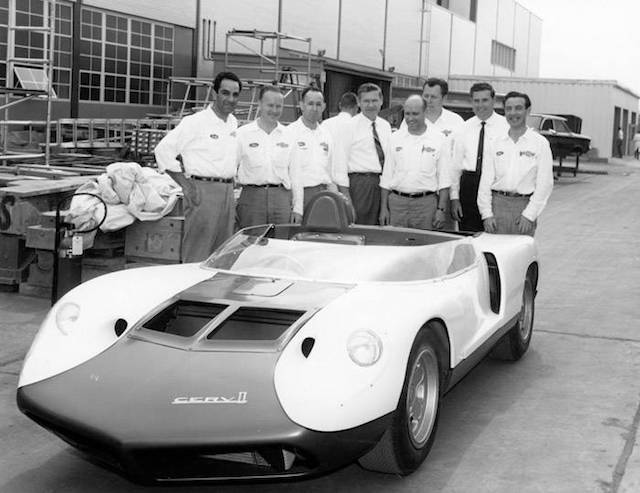 (GM)
(GM)
The Accurate Believers at GM Engineering stand proudly by the wonderful CERV II at its roll out at the GM Complex Centre in Warren, Michigan. (GM)
(GM)
Zora Arkus-Duntov in the CERV II, late 1963.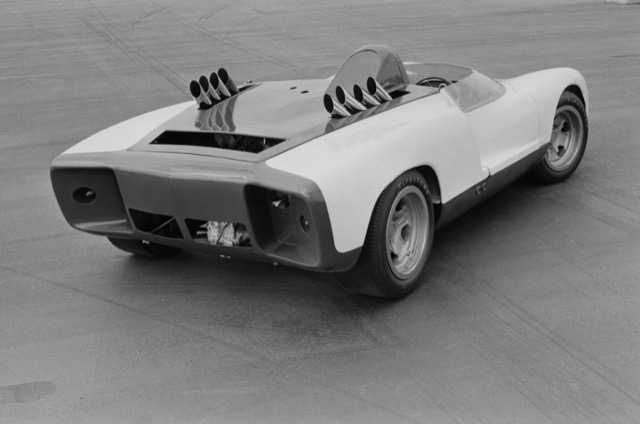 (GM)
(GM)
The CERV II photographed at the famous “Black Lake” at the GM Proving Grounds in Milford, Michigan. (GM)
(GM)
An inside search at the CERV II.
Editor-in-Chief’s Observe: As aspect of our continuing collection celebrating the “Glory Days” of racing, this week’s photos appear from GM. – PMD
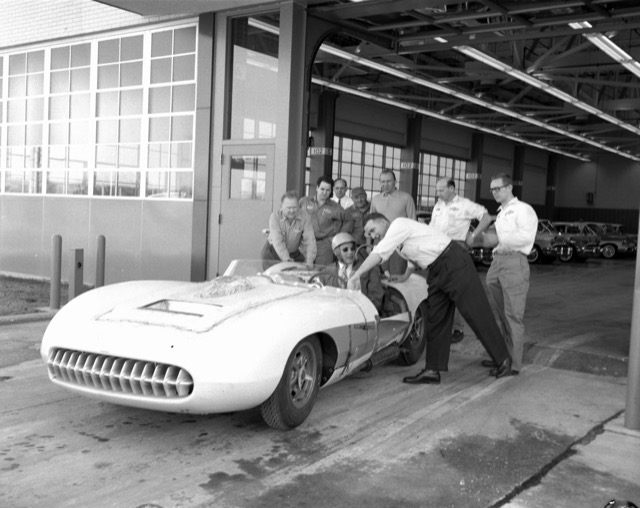 (GM)
(GM)
GM Specialized Center, Warren, Michigan, 1957. Zora Arkus-Duntov remaining wheeled out for the maiden test operate of the Corvette SS racing motor vehicle. GM had a small exam monitor on the Tech Center grounds that saw comprehensive use.
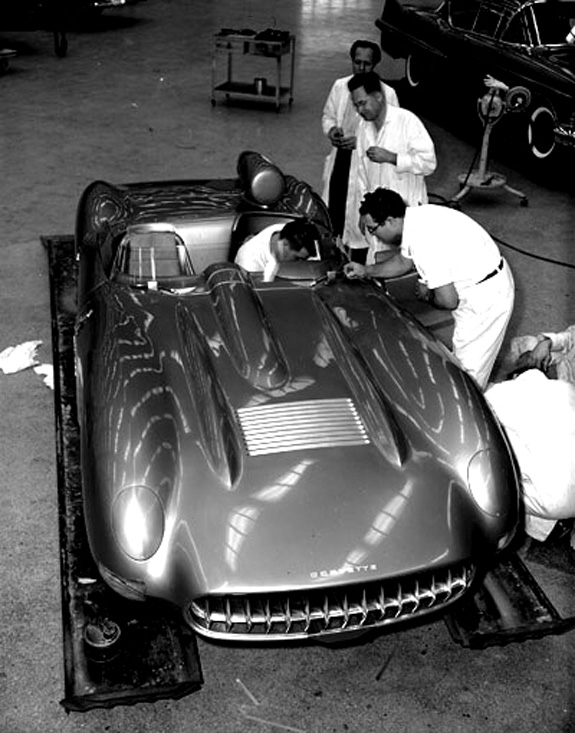
(GM)
GM Technological Heart, Warren, Michigan, 1957. The Corvette SS racer becoming concluded in advance of being shipped down to Sebring, Florida, for its racing debut in the 12-Hour race.
Editor’s Observe: You can obtain preceding troubles of AE by clicking on “Upcoming 1 Entries” down below. – WG

